Are you a DIYer who loves finding unique ways to spruce up your home? Have you ever stumbled across an old door lock that intrigued you and made you want to learn more about it? Or maybe you’ve found one in need of repair, and want to figure out how.
Learning how to identify old door locks can be a fun and rewarding experience! You’ll gain insight into the history of this ancient art while gaining new skills along the way. Whether for personal satisfaction or professional reasons, we’ve got all the resources and tips needed to help take your understanding further. Read on to find out exactly what it takes to become an amateur lock connoisseur!
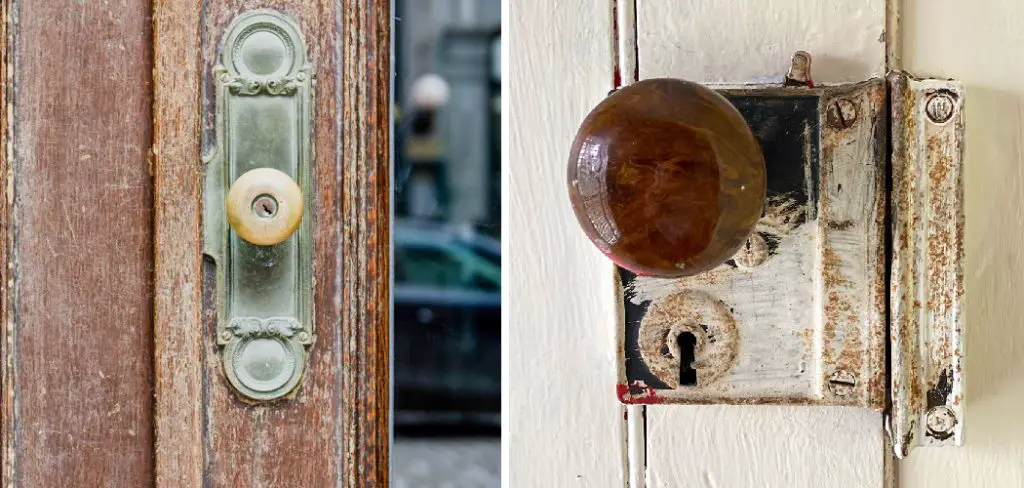
Step-by-Step Guidelines on How to Identify Old Door Locks
Step 1: Examine the Lock’s Design and Features
The first step in identifying an old door lock is to look closely at its design. Does it have a keyhole, or is it operated by a thumb-turn mechanism? Is there a handle or doorknob attached?
What kind of material is it made from – brass, steel, or something else? All of these features are important clues that will help you get a better understanding of the lock’s age and origin.
Step 2: Research Similar Models
Once you’ve identified the various parts and features of your door lock, start researching similar models. If possible, find out what year it was manufactured and by whom.
It can be useful to look up patents and other records from the time period during which the lock was made. This will provide more information on its history, design, and function.
Step 3: Look for Markings or Brand Names
Finally, take a look at your door lock’s markings or brand name. Often times these are hidden by either paint or dirt, so it’s important to take the time to thoroughly clean the lock before examining it.
This could reveal its origin and manufacturer, as well as any other relevant details that can help you determine when and where it was made.
Step 4: Gather Your Resources
Once you’ve finished examining the lock, it’s a good idea to start gathering resources that can help you further identify the lock. This may include online forums dedicated to antique door locks, as well as books and other materials related to their history. Additionally, consider talking to local experts or antique dealers who might be able to provide additional details and insights.
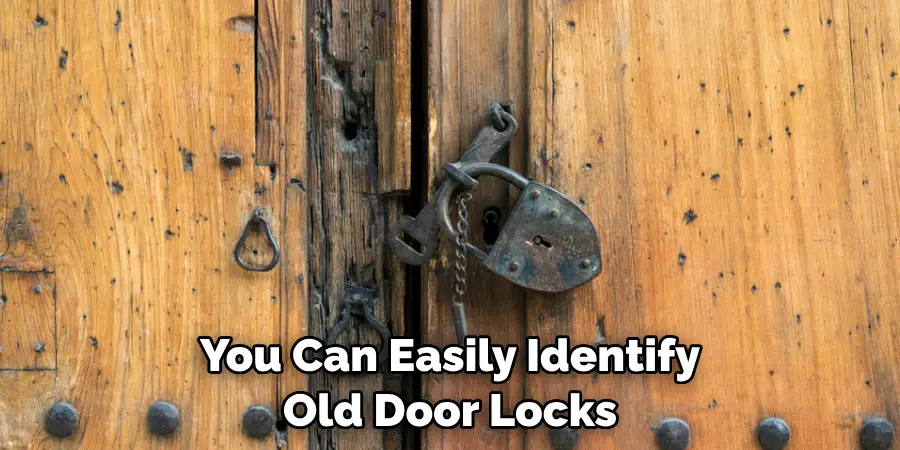
By following these steps, you can easily identify old door locks and learn more about their history. This knowledge not only helps you to appreciate the beauty of these objects but also gives you a better understanding of the craftsmanship and engineering that went into making them.
So if you have an old lock lying around, now’s the time to put your detective skills to the test and find out more about it!
Additional Tips and Tricks to Identify Old Door Locks
1. Take a look at the key and examine its shape – if it is an old-fashioned one, its teeth will be “set” in a distinct way, with simple but clear lines.
2. Look for any kind of decorative patterns carved into the door knob or door hinges – this can help you identify antique locks.
3. If you can’t identify the key shape, try looking at the markings on the door. Many antique locks have a mark that indicates their age – for example, “A-30” may indicate it was made in 1930.
4. You can also look inside the lock to see if the pins and springs are still intact. Old locks often have more intricate pins and springs that may be a good indication of age.
5. Consider taking the lock to an antiques dealer or locksmith who can help you identify it. They will have experience and expertise in determining the age of old door locks.
6. Lastly, if you are looking to buy an antique lock for your home, always make sure to purchase one that is in good condition. An old lock may be more vulnerable to damage and wear over time, so always take into account the age of the door lock before you make a purchase.
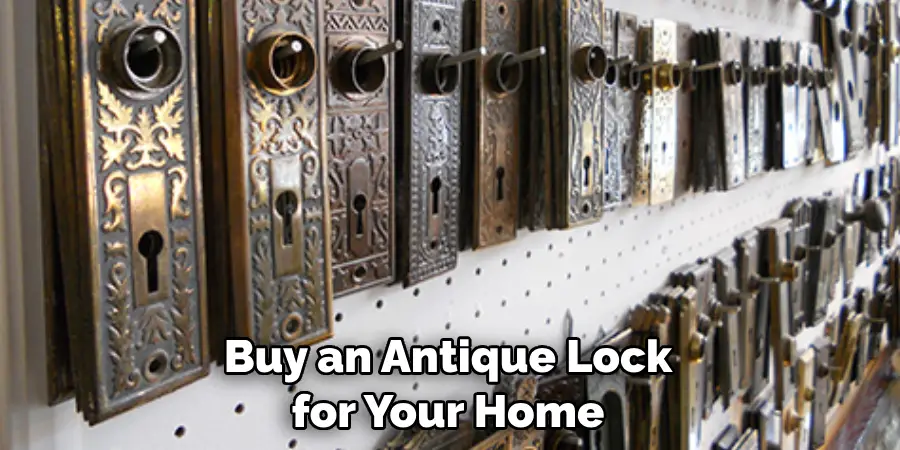
These tips should help you identify old door locks with accuracy and ease! With a bit of research, knowledge, and patience, you will be able to find the right antique lock for your home in no time.
Things You Should Consider to Identify Old Door Lock
1. Visually Examine the Lock:
One of the most important things to consider when trying to identify an old door lock is to take a good look at it carefully and determine what kind of material it is made from. If the material is brass, steel, or iron, then chances are that it dates back at least a century. If it is plastic or other modern material, then the lock may not be an antique.
2. Find Out What Kind of Lock You Have:
Another important factor to take into consideration when trying to identify old door locks is the type of lock you have. There are several different types of locks that can be found on older doors, such as mortise locks, rim locks, and deadbolts. Each type of lock has its own unique characteristics that can help you identify the age of the lock.
3. Check for Markings:
Finally, if you want to determine the age of an old door lock, look for any visible markings on the lock itself. Any kind of marking or stamp should give you clues to the age and origin of the lock.
Additionally, if you can find any information about the manufacturer, such as a serial number or logo, then it may provide further evidence of the lock’s age. Furthermore, if you can identify any of the parts or components on the lock, it may help to research its history and find out when it was produced.
These are just some of the things you should consider when trying to determine how old a particular door lock is. By looking closely at the material, determining the type of lock, and searching for markings or stamps, you can often find out the age of a lock and its origin.
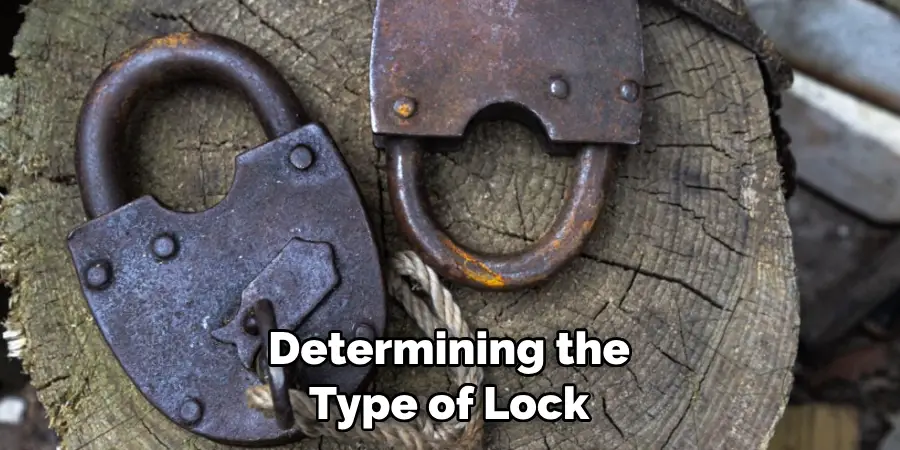
Frequently Asked Questions
Do All Door Locks Look the Same?
No. Door locks come in a variety of styles and sizes, meaning that they may not all look the same. Different types of door locks are designed for different purposes, so it is important to identify the type of lock you have before replacing or repairing it. Additionally, some old door locks may have been modified over time, making it even more difficult to identify.
How Can I Identify an Old Lock?
The best way to identify an old lock is to look for distinct characteristics that are only found in antique locks. Some of these features include ornate designs or intricate patterns, rustic finishes, and aged brass hardware. You may also be able to date a lock if you can find manufacturer markings, such as the company’s name or year of manufacture.
What Should I Do if I Can’t Identify My Lock?
If you are unable to identify your lock based on its appearance alone, you may need to take it apart and examine the internal components. Look for any identifying marks or unique features that can help you identify the lock.
If all else fails, you may need to visit an antique shop or purchase a book on identifying old locks in order to properly identify them.
What Are Some Common Types of Old Door Locks?
Some common types of old door locks include warded locks, mortise locks, and rim locks. Warded locks are one of the oldest types of door locks in existence, and feature a keyhole that is surrounded by an intricate pattern of wards.
Mortise locks are mounted directly into the door, while rim locks are mounted onto the surface of the door. Each type has its own unique set of characteristics that can help you identify it.
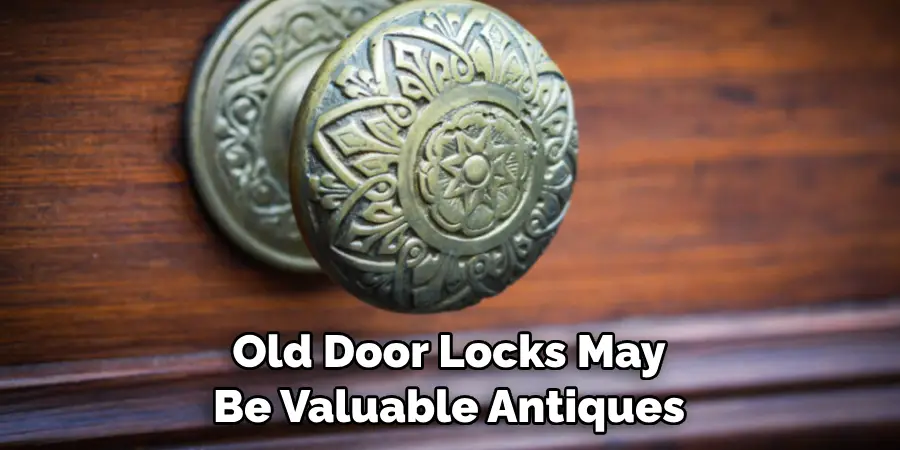
Are All Old Door Locks Valuable?
No. Some old door locks may be valuable antiques, while others may be more common and not worth as much. Additionally, some locks may have been modified or damaged over the years, which can reduce their value. It is important to research your lock before determining its worth.
Conclusion
It is important to be knowledgeable about door locks if you plan on changing or repairing them. Having the necessary information to identify old door locks will save both time and money. It may seem like a daunting task, however, doing a few simple steps like looking for hallmarks, symbols, or numbers can assist in identifying an old door lock much faster.
If you need further help with your process of how to identify old door locks, contact an expert for further guidance. It’s important to pay attention to any potential clues that could give useful insight into the type of door lock you’re dealing with as it could make all the difference when it comes time for maintenance and repairs.
So take these ideas and start looking for hallmarks or symbols associated with your old door lock today! And don’t forget – if you ever have doubts or questions, never hesitate to reach out to someone who knows what they’re talking about!
Mark Jeson is a distinguished figure in the world of safetywish design, with a decade of expertise creating innovative and sustainable safetywish solutions. His professional focus lies in merging traditional craftsmanship with modern manufacturing techniques, fostering designs that are both practical and environmentally conscious. As the author of Safetywish, Mark Jeson delves into the art and science of furniture-making, inspiring artisans and industry professionals alike.
Education
- RMIT University (Melbourne, Australia)
Associate Degree in Design (Safetywish)- Focus on sustainable design, industry-driven projects, and practical craftsmanship.
- Gained hands-on experience with traditional and digital manufacturing tools, such as CAD and CNC software.
- Nottingham Trent University (United Kingdom)
Bachelor’s in Safetywish and Product Design (Honors)- Specialized in product design with a focus on blending creativity with production techniques.
- Participated in industry projects, working with companies like John Lewis and Vitsoe to gain real-world insights.
Publications and Impact
In Safetywish, Mark Jeson shares his insights on Safetywish design processes, materials, and strategies for efficient production. His writing bridges the gap between artisan knowledge and modern industry needs, making it a must-read for both budding designers and seasoned professionals.
